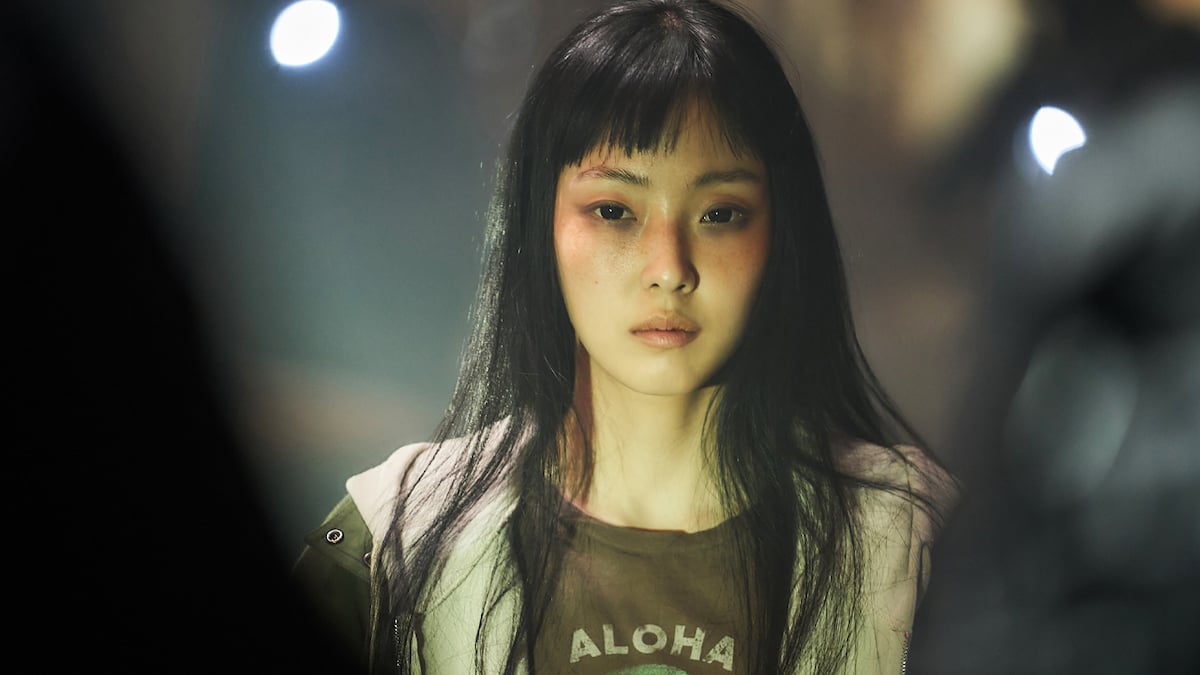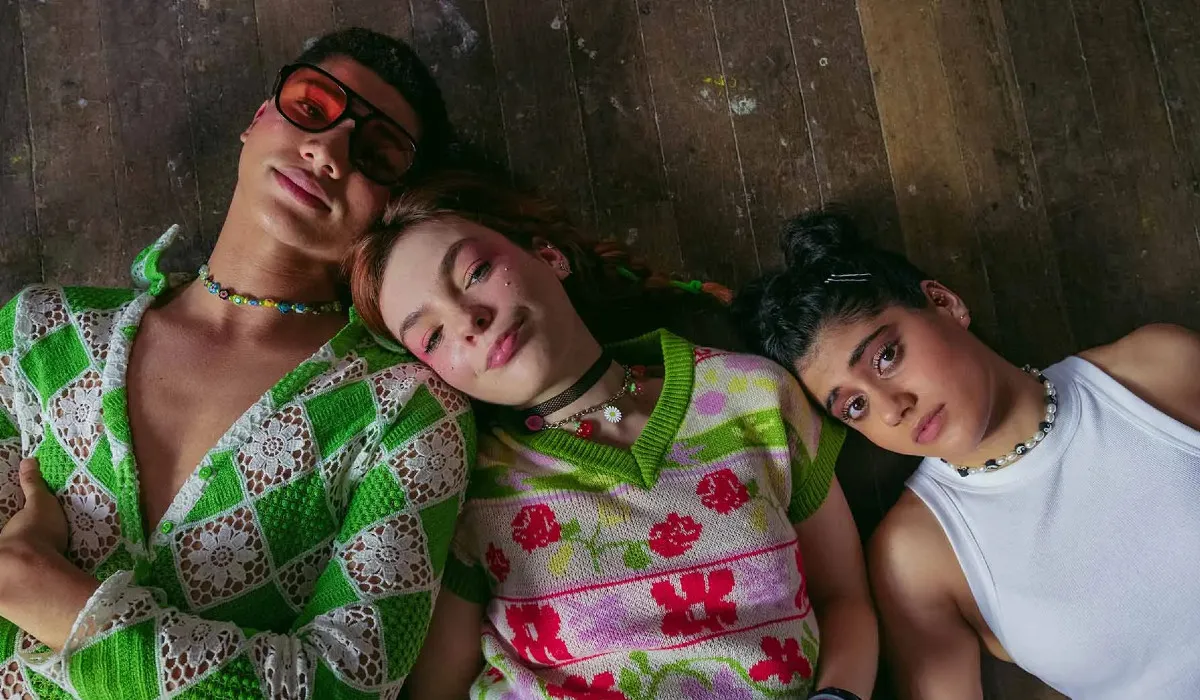If you’ve watched subbed anime, you’ve absolutely heard one character cry out to another with a long “saaaaaaan!” attached at the end. For native English speakers, the “honorifics” used at the end of Japanese names can be kind of confusing. The honorifics we have in English precede names, things like “Mr.,” “Ms.,” “Doctor,” etc. But honorifics in Japan work quite differently—they come in after someone’s name, and most of them are not tied to perceived gender (PHEW). Plus, they’re used in a much wider span of social situations. The most common honorifics in Japanese are san, kun, chan, sama, sensei, and senpai.
One thing to keep in mind here, for both anime-watching and real-life, is that what honorific someone uses is very contextual, which means it can say a lot about how they think about the other person. In Neon Genesis Evangelion, for example, “Shinji-kun” is ubiquitous, but the would-be parallel “Asuka-chan” is not. It’s an interesting linguistic nuance to key into—you can learn a lot about characters and their relationships due to the omission or inclusion of one word. Dropping honorifics in Japanese is only reserved for the deepest relationships: we’re talking romantic partners and very close friends. I can also tell you from personal experience it’s a source of intense social anxiety for me.
San
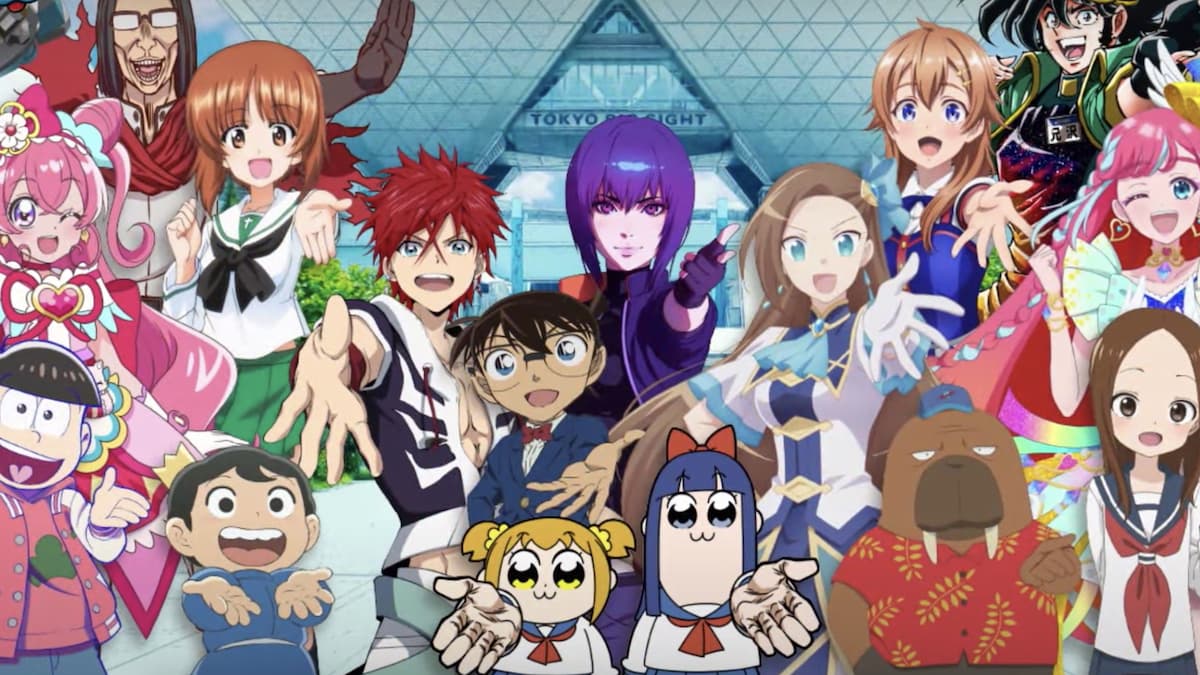
San is essentially the default honorific, and it’s the most common. The closest word in English would be “Mr./Ms./Mrs.,” etc., except that san is gender-neutral and used in a much, much broader series of social contexts. San is for almost everyone. You can use it with bosses or a friend’s moms, but it doesn’t have to refer to someone older or higher in status, either. Co-workers can also be san. Unless you’re an adult introducing a child, whenever you meet someone for the first time, you use san. In many situations, you may never drop the san. Hell, san is even for that awkward space where you’ve hung out with someone a couple times, but you’re not really sure if you’re friends yet. When someone tells you to drop the “san“—as happens in a handful of anime—it’s a big deal. It means either that person wants to be treated casually, or it’s a sign that a friendship is becoming closer. In peer situations—like between two kids who are good friends—the use of san can come off as reverential, but that’s not usually the case.
Kun
Kun is one of the gender-associated honorifics. It’s much more casual than san and is typically used for young or teenage boys—”Shinji-kun!” or “Kawaoru-kun!,” for example. However, you can use kun for a girl you’re very close to. Actually, kun is a good choice in general for people who are close to you. I (half-jokingly) refer to my partner with “kun” when talking to Japanese friends and associates. It’s also a good choice for people (men, in particular) of lower or equal status to you at work or school.
In romance anime, in particular, you can be very clued into social subtext by keeping track of a character’s progression from san to kun to no honorifics at all. Again, the choice of honorifics tells you a lot about how one character feels about another. In One Piece, Nami always refers to Sanji as “Sanji-kun,” even though Sanji is technically one year older than her. This clues us into two insights: that Nami has a soft spot for Sanji, but also that she knows she can manipulate him to do what she wants, as if she were a senpai (see below!) and he were a younger boy.
Chan
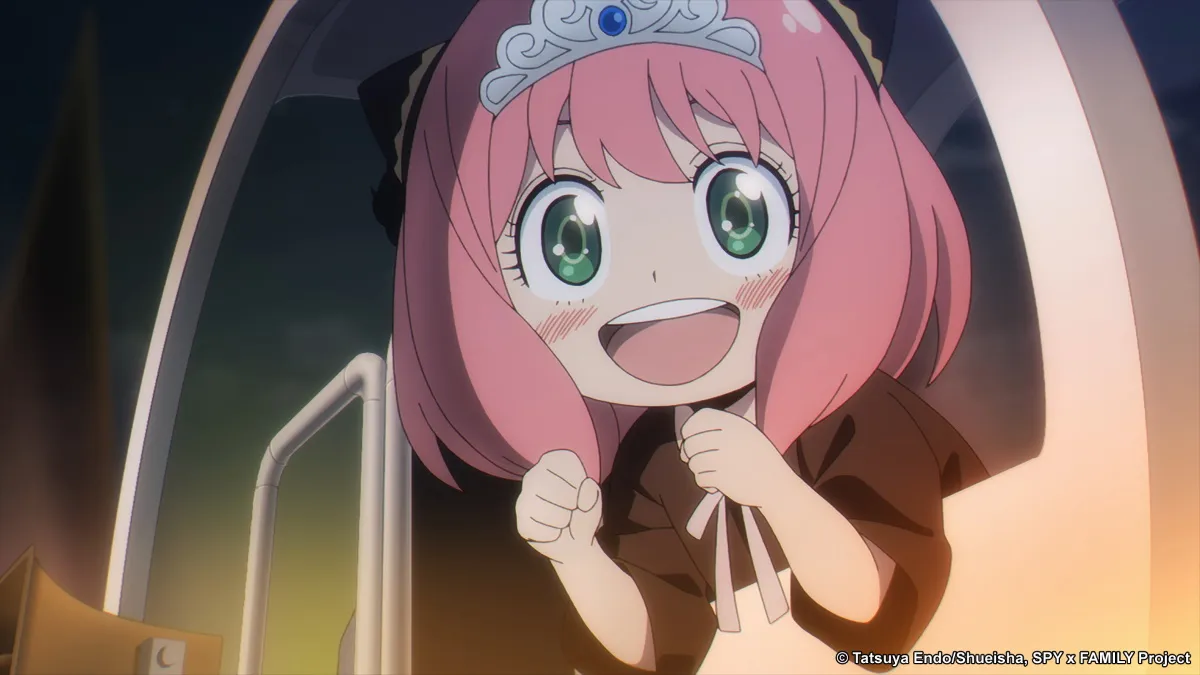
Chan is kinda-sorta like the female version of kun, except that it’s cuter-feeling. It also can be a bit broader than kun, gender-wise, in referring to any child or pet—specifically because of that cuteness connotation. Chan also carries a vibe of sweetness and innocence. As such, chan can also be a term of endearment, especially for older women. For example, you can use it for a granny-type who’s a total sweetheart. Chan is also a common way for girls or women who are friends to refer to one another. But if a guy in a romance anime starts referring to a girl as chan, that means he thinks she’s cute and is probably developing feelings for her.
Basically, my personal rule-of-thumb boils down to kun being boy-ish and for buds, and chan being girl-ish, cute, and playful.
Sama
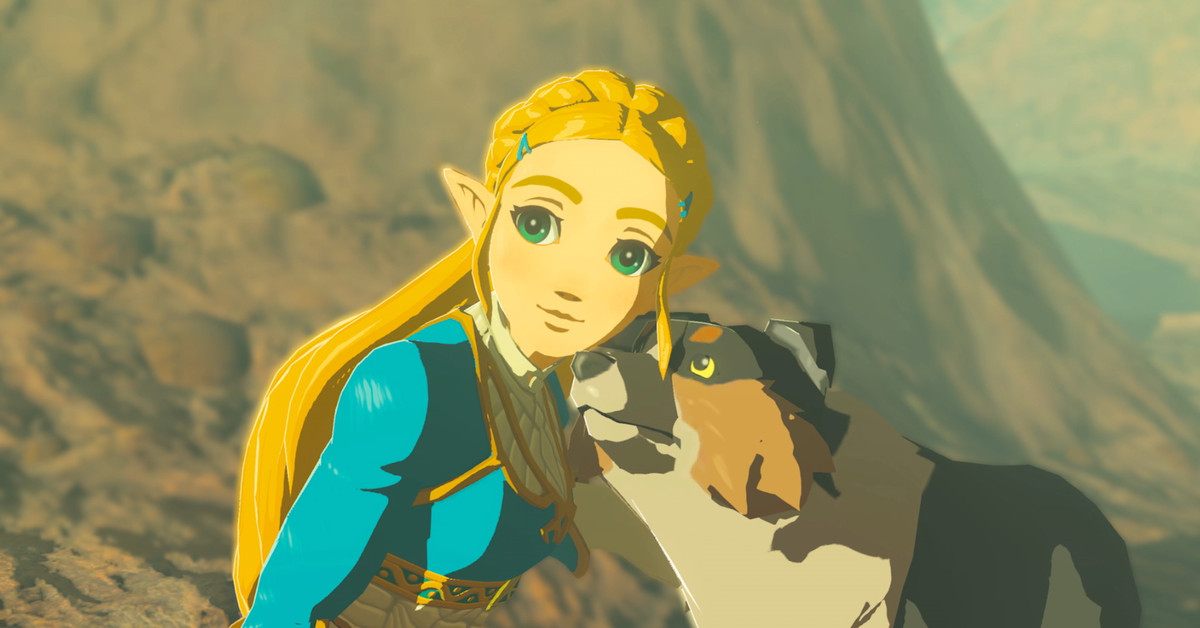
Sama is basically the intense version of san. Like san, it’s gender-neutral, but it holds a much higher degree of deference. As such, it’s often used to reflect social rank and tacked onto people like kings (“Bossu-sama,” like the king in Ranking of Kings), princesses (“hime-sama” – think Zelda), or god (“kami-sama,” like God Eneru in One Piece). In a true one-sentence summation of the vibe of Japanese customer service, it’s also often used to refer to guests in restaurants, hotels, and other hospitality situations (you’ll now notice “okyakusama” all the freaking time).
Sensei

Sensei literally means “teacher.” As such, it’s a plain old noun, but it’s also an honorific. Watch any anime which takes place in a school, and you’ll notice students refer to their teachers not with san, but with sensei. And since sensei is also gender neutral, it’s a rather nice alternative to the “Ms. / Mrs. / Miss / ?!?!” debacle I had to put up with during my school career. Sensei can really refer to any instructor-type, or anyone with a lot of knowledge or who has mastered their craft, like doctors or professional musicians/artists.
Senpai
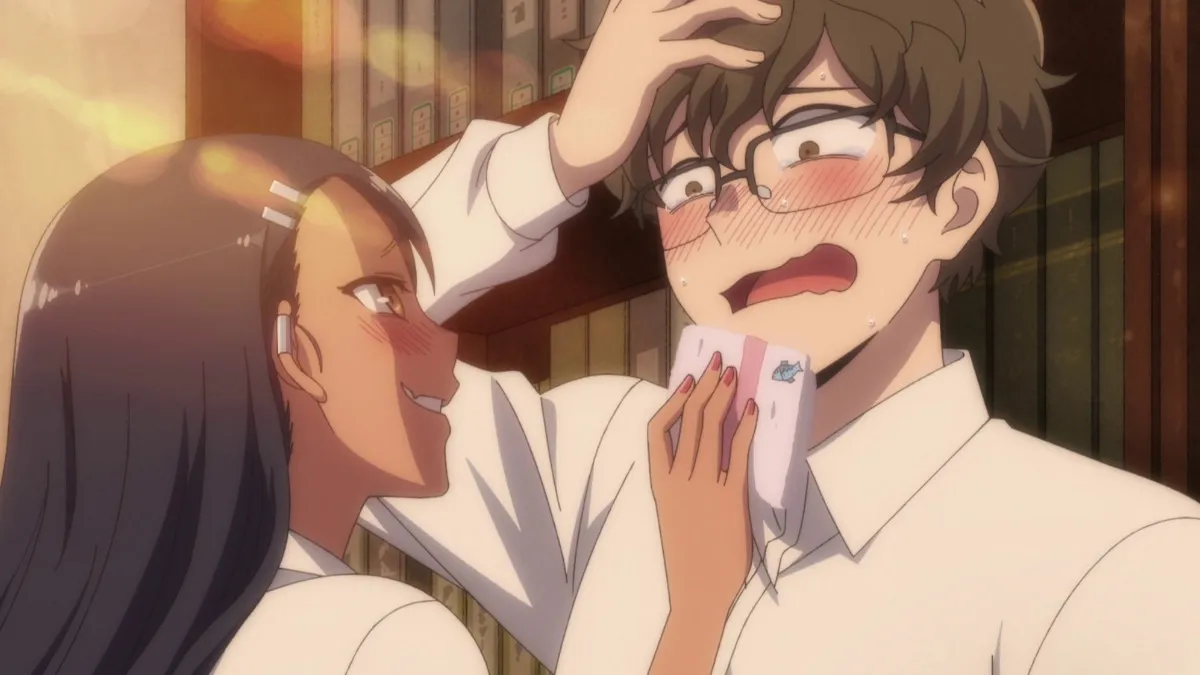
Critical to the high school romance genre, senpai is for someone who is your “senior” in some way. Perhaps they are a higher grade in your high school. Perhaps they’ve worked at your office for longer. Both would be acceptable senpai situations. But a senpai is still in your social strata—a fellow employee, but not your boss. Don’t go calling your teacher “senpai.“ Anime culture at large really loves a good, attractive senpai, though.
Image credit: Wit Studio / CloverWorks




